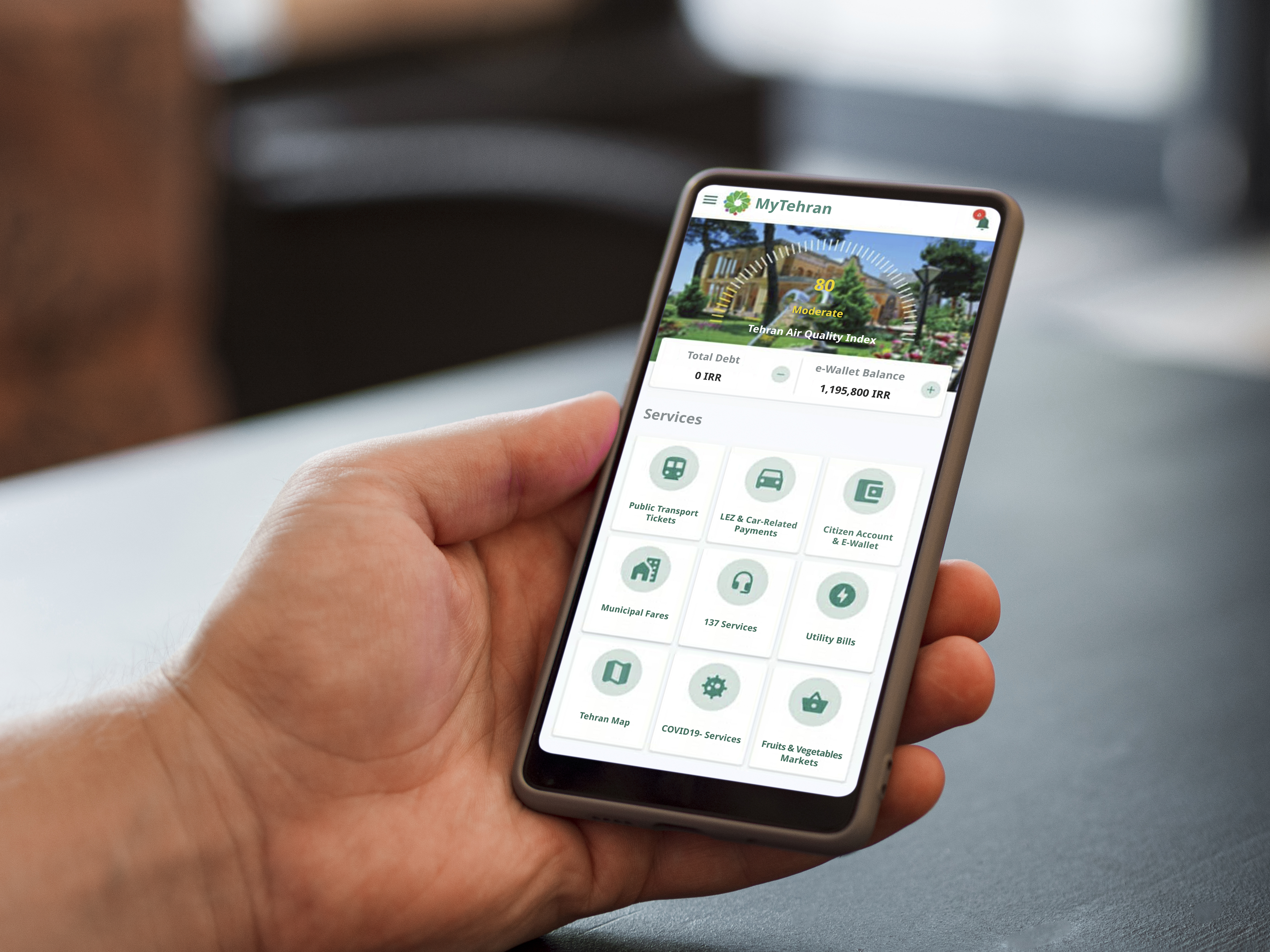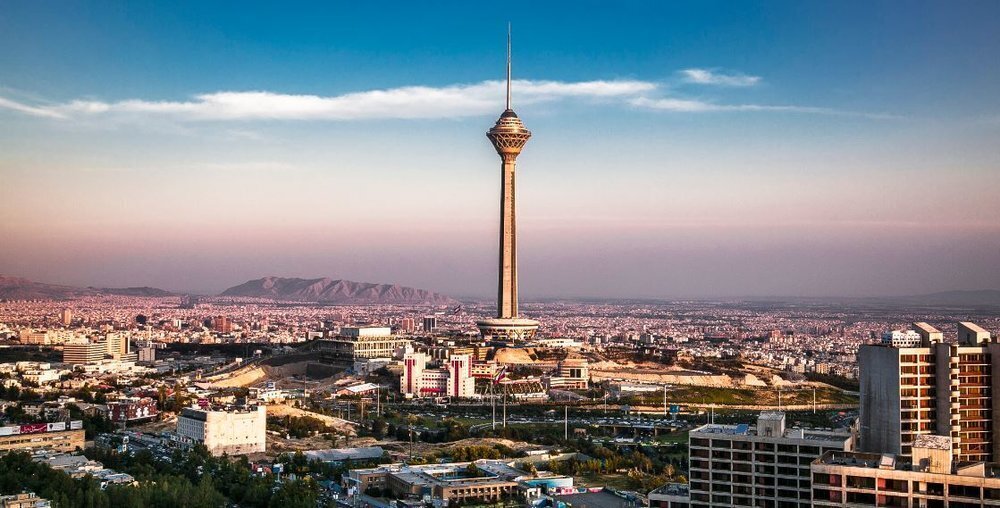The development of the MyTehran app started in April 2018 with the launch of an online citizen account registration for entering Tehran Low Emission Zones (TLEZ). After that, more than 40 services were added to MyTehran to provide a one-stop-shop for Smart City Services.
The project is unique in its kind in the Middle East, due to the number of users and its systematic access to national and urban services.
To meet the requirements of citizens and businesses, this integrated application includes versatile services minimizing the need for citizens physical presence which is important for reducing pollution as well as the number of people exposed to possible infection from COVID-19. For example, remote payment services are important as people need to use them regularly.
Some of the payment (Fintech) services on the app are:
- Utility bill
- Municipal fares and car-related payments
- Traffic and Tehran Low Emission Zones (TLEZ) charges
- Urban micro e-Payment and integrated e-Ticket system.
- On-street parking service
- e-Toll payment system
- Citizen's account and e-Wallet
Some social services covered by the app include:
- Citizens' reports & evidence through video, photo and location via 137 hotline service
- Publishing announcements and alarms relevant to COVID-19
- Emergency call to report disease
- Phone advice on COVID-19
Increasing citizen engagement is our main strategic development goal. The following services are currently being developed:
- Online Housing and Construction Services
- Urban Location-Based Services
- BarBarg (app for issuing freight documents online)
- Ride-hailing services
- Direct debit
- Virtual tour
- Bus & taxi fare mobile payment via QR code scan
Location-based services (LBS) incorporate GIS data layers that are driven from dedicated and precise government data gathering and lead to a unique business advantage for local service providers. “Tehran Interactive Map & Routing System (RAYA)” and “Virtual Tehran Tour” are developed under this umbrella.
Moreover, providing APIs (application programming interfaces) to the private sector enables companies to bundle MyTehran services into their services portfolio. This has been made operational through the "Smart City Services Delivery Platform (SDP)".
Finally, employing Business Intelligence (BI) through the "Citizenship Club" is helping to increase user loyalty of the app.
MyTehran has taken advantage of new technologies and ICTs to make the app as friendly and useful as possible.



